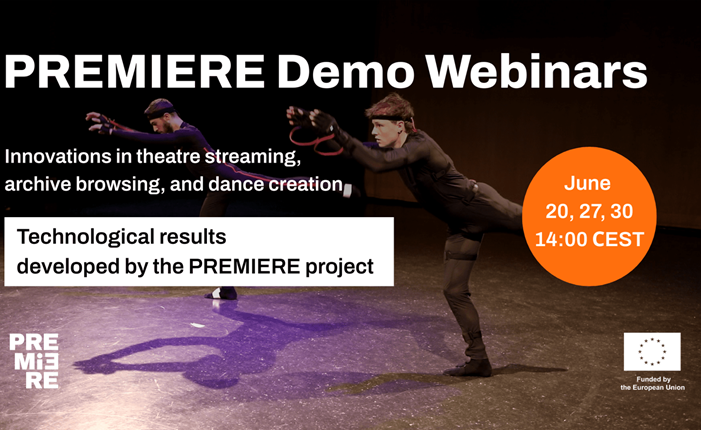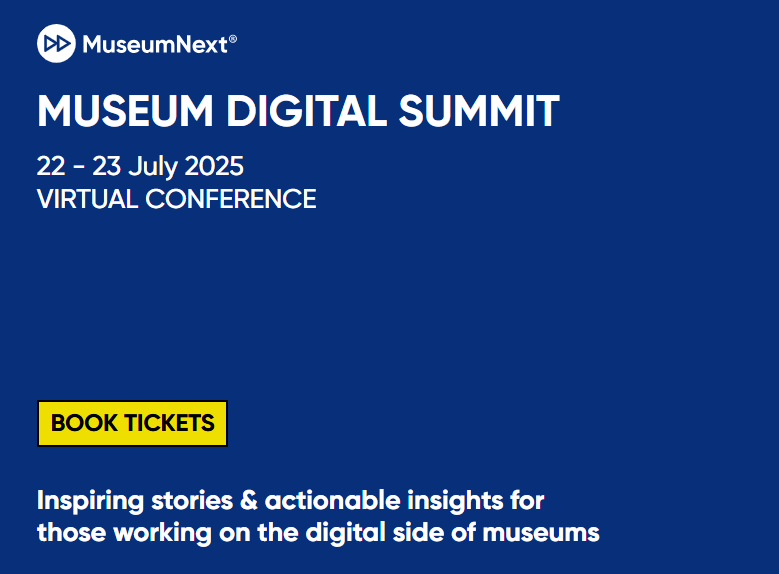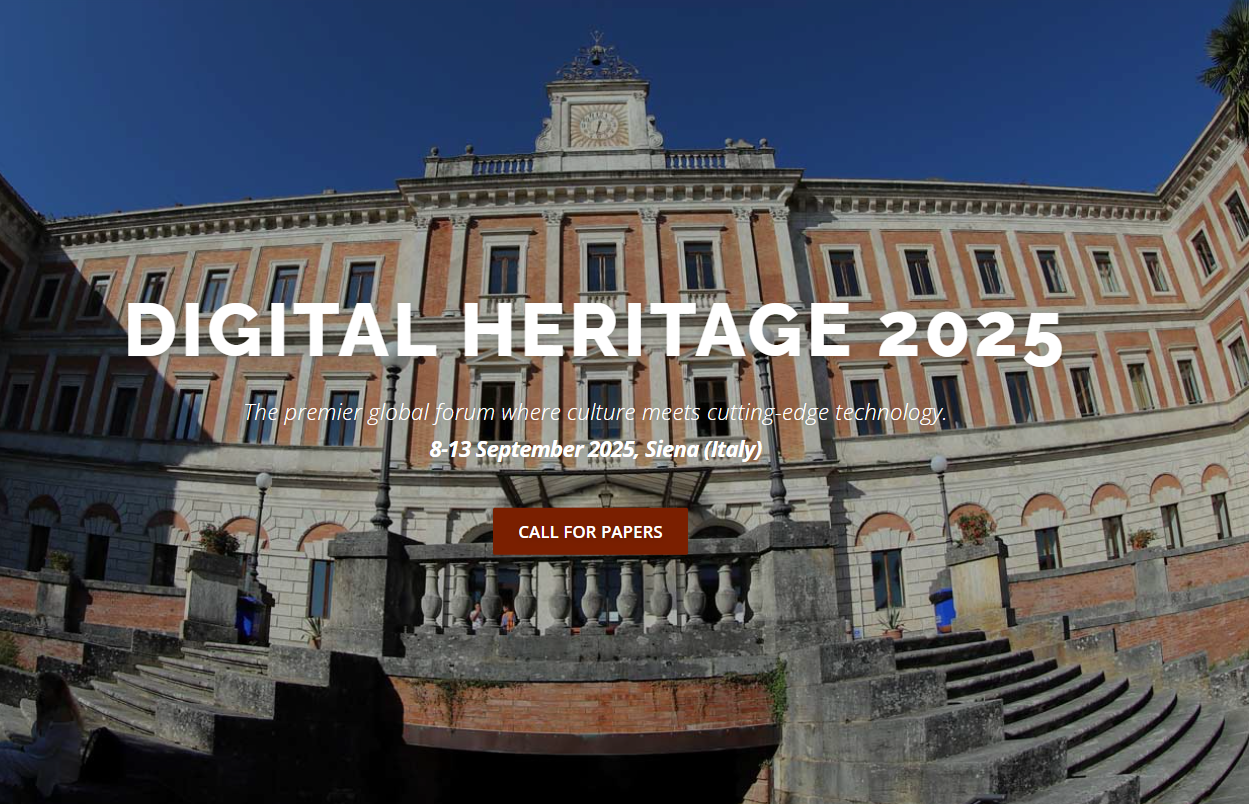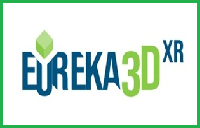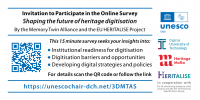 Over 13 Conferences, Symposia, Workshops and Exhibitions under one roof
Over 13 Conferences, Symposia, Workshops and Exhibitions under one roof
In the 2013 European Capital of Culture, Marseille, this fall will have place the world’s largest gathering ever focused on Digital Heritage. A federated event of the leading scientific meetings in information technology for heritage, the Congress will for the first time bring: VSMM, Eurographics GCH, UNESCO’s Memory of the World, Arquaeologica2.0, Archeovirtual, Digital Art Week and special events from CAA, CIPA, Space2Place, ICOMOS IPCH, and multiple others together in one venue with a prestigious joint proceedings.
A ground-breaking public display of cutting edge digital heritage projects will grace the conference venue at the new museum complex on the Marseille waterfront. Organized by CNRS-MAP, in collaboration with other local research organisms (Aix-Marseille University, Arts et Métiers ParisTech, CICRP, INRIA), the venue will be Marseille’s architecturally stunning new waterfront museums, MuCEM and La Villa Mediterranée.
The Congress covers heritage in all its forms, focusing around 5 heritage themes:
- Built Heritage (sites to cities, towns and cultural landscapes, ie World Heritage)
- Culture & Traditions (folklife to languages, song, dance, craft… ie Intangible Heritage),
- Museums & Collections (movable objects and their museums, ie Movable Heritage)
- Libraries & Archives (books to maps, manuscripts, …, ie Documentary Heritage)
- Art & Creativity (digital / new media art to creative digital and online culture)
The Congress’ International Scientific Committee is seeking for:
- Technical & Application Papers
- Posters & Short Works
- Panel, Workshop & Tutorial Proposals
- Videos for a public screening
- Functional Exhibits for a public exhibition of digital heritage works
Download the Call for Participation (PDF, 994 Kb)
For further information please visit the official website: http://www.digitalheritage2013.org/





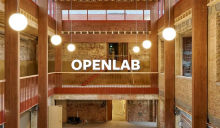
 If you have interesting news and events to point out in the field of digital cultural heritage, we are waiting for your contribution.
If you have interesting news and events to point out in the field of digital cultural heritage, we are waiting for your contribution.
